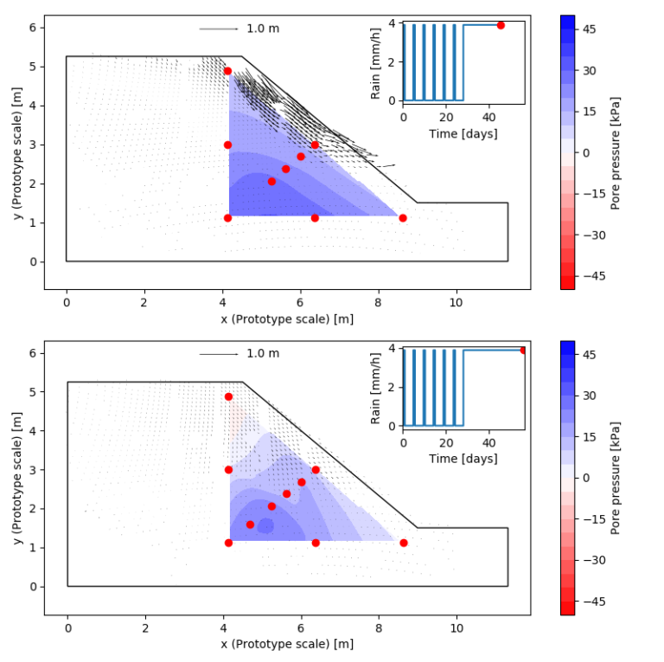12th ALERT OZ School on ground-vegetation interactions

Figure in the cover: Schwarz, M., Lehmann, P., and Or, D. (2010).
Great success of the 12th ALERT Olek Zienkiewicz (OZ) School 2021, which this year was held online on 18-20 May 2021, and preceded by preparatory lectures organised in four sessions over the days of 13 & 20 April 2021.
The course
“Looking into the rhizosphere: the interface between plant science and soil mechanics”, this was the title of the topic for this edition, aimed at stimulating synergies between the two disciplines of soil mechanics and plant science.
The course was mainly designed for researchers having a soil mechanics background. Its main goal was to introduce the fundamentals of plant morphology, anatomy and physiology and the different hydraulic, hydrological, and mechanical interactions of plants with the ground. It was also aimed at demonstrating the role of continuum and discrete soil mechanics in understanding and modelling plant behaviour with a focus on real applications involving ground-vegetation interactions.
Although the course was mainly designed for researchers with a soil mechanics background, there was also a good participation of researchers having plant science background. The short pre-course indeed was aimed at introducing the fundamentals of soil mechanics and hydraulics and enable plant science researchers to attend fruitfully the course.
The course was organised by the Alliance of Laboratories in Europe for Education (ALERT Geomaterials), the University of Strathclyde (Department of Civil and Environmental Engineering), Universitat Politècnica de Catalunya – UPC (Department of Geotechnical Engineering & Geosciences), CIMNE (Geomechanics Group) and TERRE Network. The course was coordinated by Alessandro Tarantino (University of Strathclyde) and Enrique Romero (Universitat Politècnica de Catalunya), both members of the network “PlaNet”.
Lectures and Participation
The course was divided in 4 main parts: ” Root-soil mechanical interactions“, “Hydrological soil-plant interactions” “Effect of Rhizosphere on soil hydraulic properties” “Case studies: mock-up tests and artificial slopes – natural slopes“.
The presentations given dealt with either measuring or modelling the effects of roots and vegetation on slope stability problems, with innovative insights from case studies at laboratory and slope scale.

Example of modelling of a centrifuge test with vegetated slope under extreme rainfall (presentation by prof. Jonathan Knappett – Dundee University)
” Effect of riparian vegetation on stream bank stability in a Norwegian catchment”, “Tensile strength of a vegetated and partially saturated soil”, “Numerical modelling of vegetation-mediated ground atmosphere interaction”, “Implementation of models for root-reinforced soils into finite element codes” were, among others, some of the topics touched during the course.
More than 80 participants attended the course from all over the world. Most of the participants were PhD students or early career scientists.
Alexia Stokes – French national research institute for agriculture food and environment (INRAE), Dominika Krzeminska – Norwegian Institute of Bioeconomy Research (NIBIO), Vittoria Capobianco – Norwegian Geotechnical Institute (NGI), Alessandro Fraccica – Universitat Politècnica de Catalunya (UPC) & CIMNE, were the members of PlaNet network invited to give lectures at the School.

Example of laboratory testing equipment used at UPC to quantify the effects of roots on the hydro-mechanical properties of soils (from PhD thesis of Dr. Alessandro Fraccica, presentation by prof. Enrique Romero).
Contact person from PlaNet: Alessandro Tarantino – alessandro.tarantino@strath.ac.uk